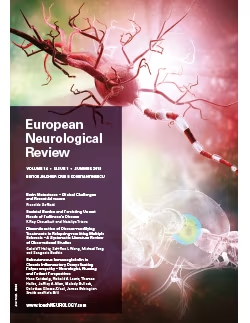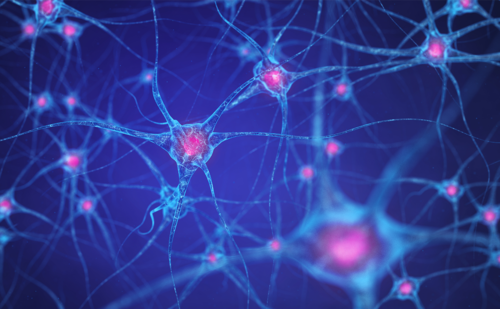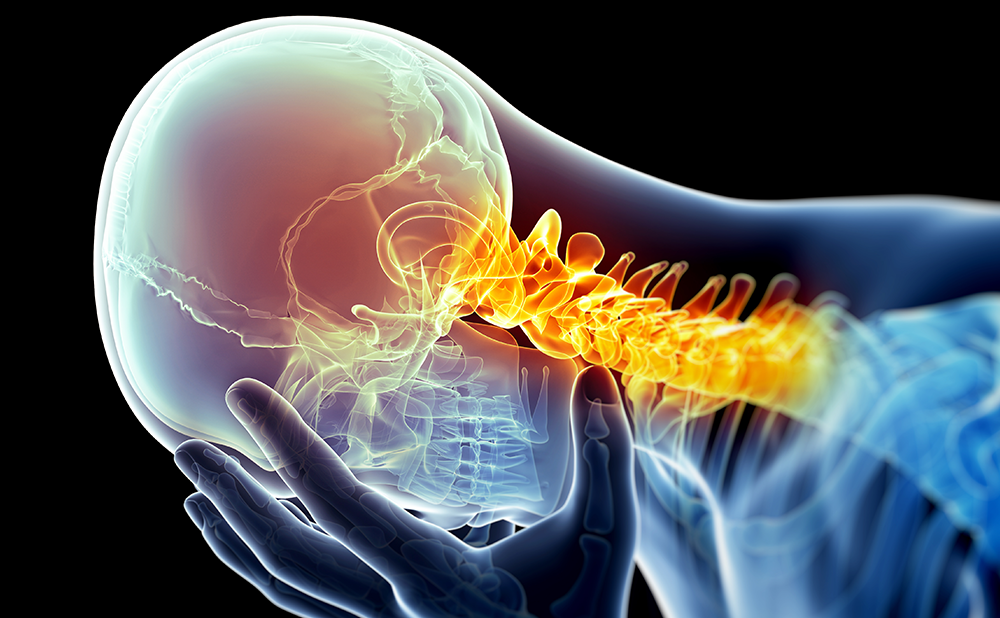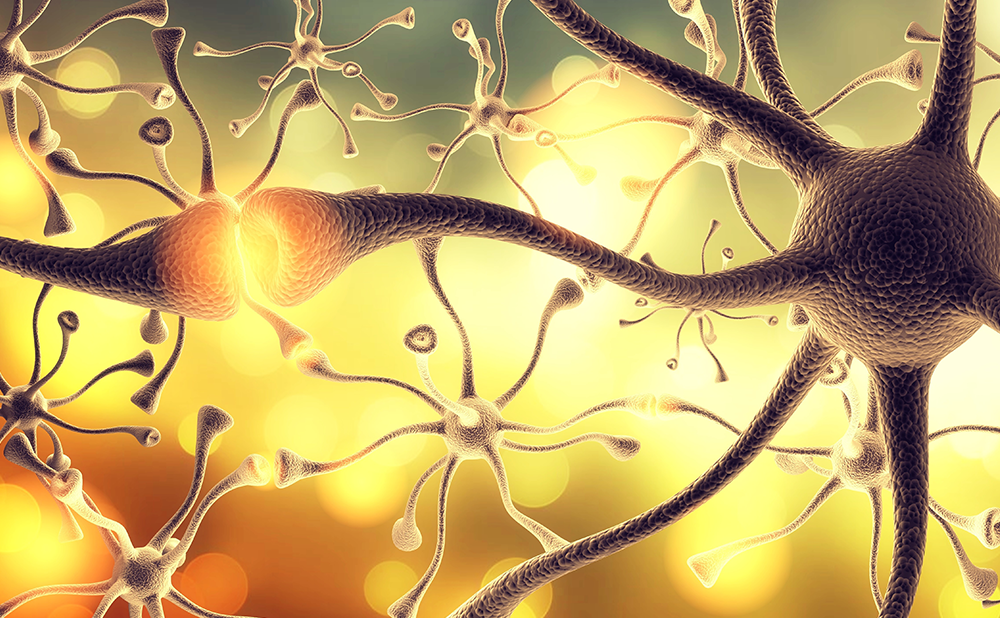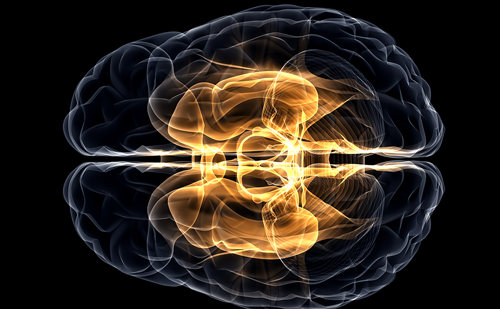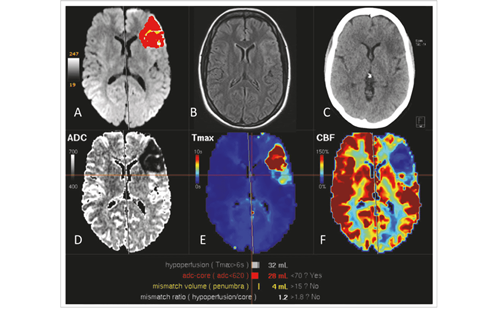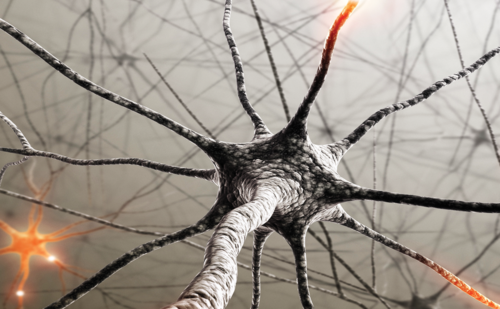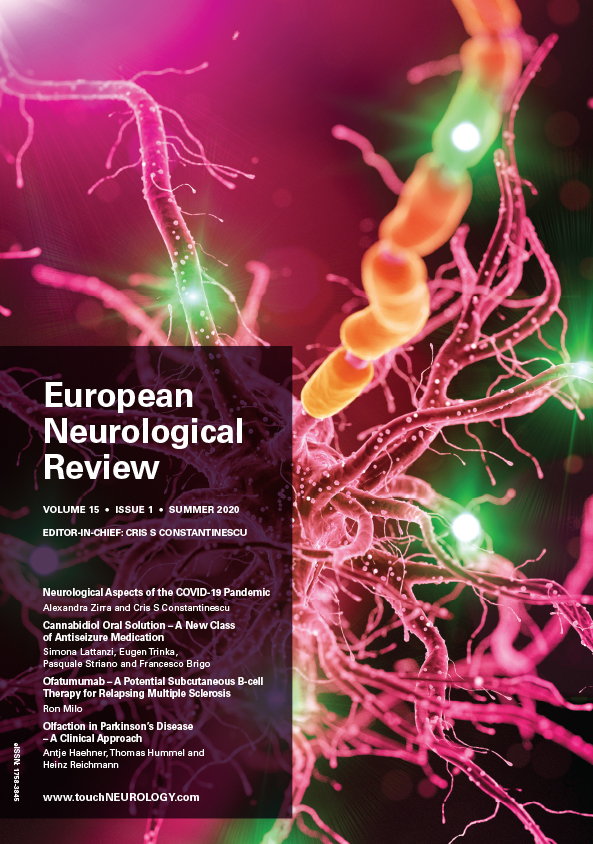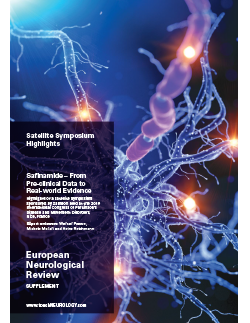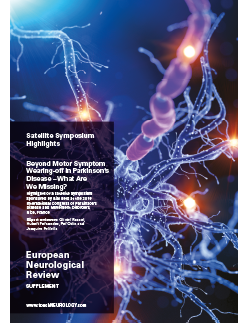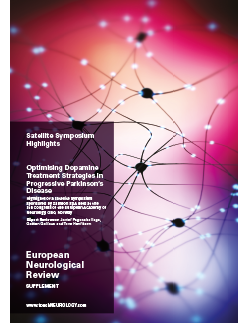EUROPEAN NEUROLOGICAL REVIEW – VOLUME 14 ISSUE 1 – SUMMER 2019
Welcome to the summer edition of European Neurological Review!
This edition is introduced by K Ray Chaudhuri, who along with Nataliya Titova (both valued Editorial Board members), has contributed a review article considering the current status of the management of patients with Parkinson’s disease, unmet needs and future perspectives.
A wide range of pertinent topics across the field of neurology and neuroscience are covered in various article formats, including: cognitive dysfunction during migraine (Raquel Gil-Gouveia); rapid eye movement sleep behaviour and its association with Parkinson’s disease (Ambra Stefani); brain metastases (Riccardo Soffietti); acute stroke imaging (Horst Urbach et al.); discontinuation of disease-modifying treatments in relapsing-remitting multiple sclerosis (Gerard Harty et al.); and neurologist, nursing and patient perspectives of subcutaneous immunoglobulin in chronic inflammatory demyelinating polyneuropathy (Hans Katzberg et al.).
Be sure to checkout the two supplement articles accompanying this edition too:
Measuring the Effects of Neurostimulation in Drug-resistant Epilepsy and Depression
– Charles Conway, Fabrice Bartolomei and Kristl Vonck
The Role of Glutamate in the Healthy Brain and in the Pathophysiology of Parkinson’s Disease
– Peter Jenner and Carla Caccia
Thank you to all of our contributing authors and reviewers. We’re now accepting submissions to our winter edition; please visit our submission site for more information.
Foreword
Welcome to the summer edition of European Neurological Review. Neurology and neuroscience are diverse fields that touch on almost every other discipline, and the articles in this issue reflect the scope of the field, as well as highlight key challenges and innovations. We begin with two expert interviews. Raquel Gil-Gouvia discusses cognitive dysfunction during migraine attacks, […]
Expert Interviews
Raquel Gil-Gouveia MD, PhD is the Director of Neurology and of the Headache Centre in Hospital da Luz, Lisboa. She has been a researcher in headache since 1998, having worked in the clinical and pathophysiological aspects of cluster headache, headache associated with endovascular procedures and migraine. In migraine, she focused on the impact and disability […]
Ambra Stefani was born in Italy, where she performed her medical training at the University of Verona. After that she moved to Innsbruck, Austria, where she is currently working as resident and PhD student in the Department of Neurology, Medical University of Innsbruck, Austria. Ambra Stefani has been a member of the sleep research group, […]
Editorial
Brain metastases (BM) are the most frequent among intracranial brain tumours and their incidence is rising as therapeutic advances are improving the survival of patients with advanced cancer. The incidence of BM has been calculated as 9–17% based on various studies, although the true incidence is thought to be higher.1 Patients with BM have a […]
Special Report
In 2018, two randomised controlled trials, DAWN (the Clinical Mismatch in the Triage of Wake up and Late Presenting Strokes Undergoing Neurointervention with Trevo Thrombectomy Procedure) and DEFUSE 3 (Endovascular Therapy Following Imaging Evaluation for Ischaemic Stroke 3), implemented computed tomography (CT) and magnetic resonance imaging (MRI) in patients with stroke.1,2 These studies showed the […]
Reviews
The burdens of Parkinson’s disease (PD) are undeniably serious and increasing while various unmet needs remain, especially the absence of disease-modifying therapies and the difficulty of finding new treatments that are effective in patients.1–7 Although this seems a discouraging situation, considerable advances in understanding the pathophysiology of PD and the identification of new targets for […]
Multiple sclerosis (MS) is a chronic inflammatory, demyelinating disorder of the central nervous system that is characterised by episodes of neurological dysfunction and eventually, neurodegeneration and the progressive accumulation of disability.1,2 Approximately 85% of patients with MS initially present with relapsing-remitting MS (RRMS), which is characterised by periodic acute exacerbations of disease activity (relapses) followed by […]
Case Report
Chronic inflammatory demyelinating polyneuropathy (CIDP) is a peripheral neuropathy that can affect motor and/or sensory nerves, and lead to both loss of strength and altered sensation.1 Common first-line treatments for CIDP are immunoglobulins (Igs), corticosteroids and plasma exchange.2 Intravenous immunoglobulins (IVIgs) have been shown to be efficacious in maintaining or improving strength and disability in […]

Trending Topic
Chronic inflammatory demyelinating polyradiculoneuropathy (CIDP) is a rare, autoimmune neurological disorder in which peripheral nerve demyelination typically results in weakness, impaired limb sensation, fatigue and pain.1–4 CIDP may adversely affect activities of daily living, with a substantial impact on functional ability and psychological well-being.2–6 Primary treatment goals are reducing symptoms, improving functional status and maintaining long-term remission.7 The […]
Journal Archive
European Neurological Review is a peer-reviewed, free-to-access, bi-annual neurology journal comprising review articles, case reports, practice guides, theoretical discussions, and original research. It features balanced and comprehensive articles written by leading authorities, addressing the most important and salient developments in the field of neurology in practical terms.
Latest articles videos and clinical updates - straight to your inbox
Log into your Touch Account
Earn and track your CME credits on the go, save articles for later, and follow the latest congress coverage.
Register now for FREE Access
Register for free to hear about the latest expert-led education, peer-reviewed articles, conference highlights, and innovative CME activities.
Sign up with an Email
Or use a Social Account.
This Functionality is for
Members Only
Explore the latest in medical education and stay current in your field. Create a free account to track your learning.


